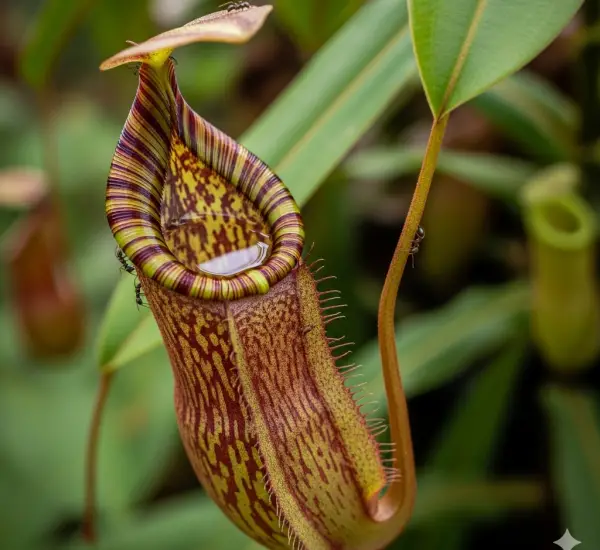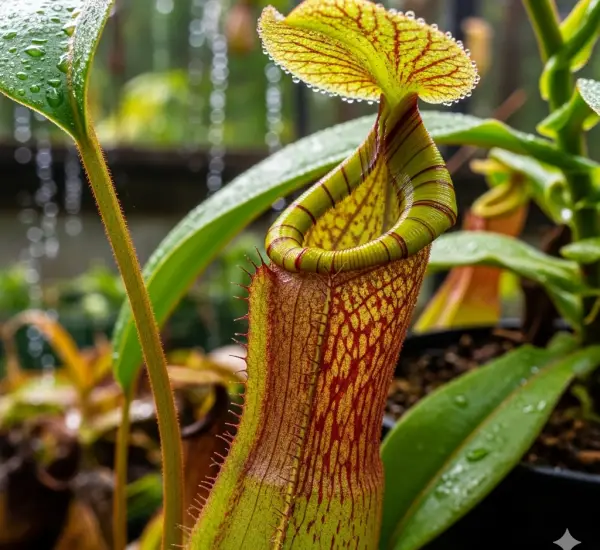When it comes to growing thriving plants in your home garden or urban plot, finding affordable, effective, and natural fertilizers is always a priority. Surprisingly, one simple ingredient that many people overlook can make a huge difference in plant growth and soil health: sugar.
Yes, sugar! This common household ingredient can act as an excellent homemade fertilizer when used correctly. Burying sugar near your plants can boost their growth, improve soil quality, and encourage a healthier garden ecosystem. Let’s explore how sugar works as a natural fertilizer and how you can safely apply it in your garden.
Why Use Sugar in the Garden?
Sugar is a carbohydrate that can serve as an energy source for beneficial soil microorganisms. When buried in the soil near plants, sugar feeds these microbes, stimulating their activity and reproduction.
Microorganisms such as bacteria and fungi are essential for breaking down organic matter, releasing nutrients, and improving soil structure. A vibrant microbial community leads to better nutrient availability for plants and enhanced root development.
Using sugar in moderation helps jumpstart this microbial process, improving the overall health and fertility of your garden soil naturally.
How Sugar Benefits Plants
Here are the key benefits of using sugar as a fertilizer additive:
-
Stimulates Microbial Life: Sugar nourishes beneficial soil microbes, which in turn break down organic matter and release nutrients that plants can absorb.
-
Improves Nutrient Availability: Increased microbial activity enhances the conversion of soil nutrients into forms accessible to plant roots.
-
Enhances Root Growth: Healthy soil microbes promote strong root systems, allowing plants to absorb water and nutrients more efficiently.
-
Boosts Plant Immunity: A balanced soil ecosystem supports plant defenses against pests and diseases.
-
Reduces Soil Compaction: Microbial activity helps create a crumbly soil texture that improves aeration and water retention.
How to Use Sugar as a Homemade Fertilizer
To safely use sugar in your garden, follow these simple steps:
-
Choose the Right Sugar: Use regular granulated white sugar or raw organic sugar. Avoid artificial sweeteners or sugar substitutes as they do not support microbial growth.
-
Amount to Use: Apply sugar sparingly. A small amount, such as 1 to 2 tablespoons per plant, is enough to stimulate microbes without causing harm. Excessive sugar can attract unwanted pests or disrupt soil balance.
-
Bury the Sugar: Dig a small hole or trench about 2 to 3 inches deep near the base of your plants. Sprinkle the sugar into the hole and cover it with soil. This placement ensures sugar reaches the root zone where microbes are active.
-
Water After Application: Water the soil lightly to help dissolve the sugar and encourage microbial uptake.
-
Frequency: Apply sugar fertilizer every 3 to 4 weeks during the growing season for best results.
Sugar and Compost: A Powerful Combination
Sugar works exceptionally well when combined with compost or organic matter. Adding a little sugar to your compost pile can speed up decomposition by feeding microbes, resulting in richer compost faster.
You can also mix sugar with compost tea or organic fertilizers to amplify their effects. This combination nourishes both the plants directly and the soil’s microbial community.
Precautions When Using Sugar in the Garden
While sugar can be beneficial, it must be used with caution:
-
Avoid Overuse: Too much sugar can cause soil imbalances, promote fungal growth, or attract pests like ants and rodents.
-
Not a Complete Fertilizer: Sugar only supports microbial activity but does not supply essential macro-nutrients like nitrogen, phosphorus, or potassium. Use it alongside balanced fertilization practices.
-
Monitor Plant Response: Observe your plants after application. If you notice negative effects such as wilting or pest infestations, reduce or stop sugar use.
-
Avoid Application on Seeds: Sugar can inhibit seed germination, so do not apply it directly to seeds or seedlings.
Other Natural Fertilizer Ideas for Your Garden
If you want to complement sugar with other natural fertilizers, consider:
-
Banana Peel Fertilizer: Rich in potassium and phosphorus, great for flowering plants.
-
Eggshell and Coffee Grounds Mix: Supplies calcium and nitrogen, improving soil health.
-
Compost Tea: A nutrient-rich liquid that boosts soil microbes and plant vitality.
Success Stories: What Happens When You Bury Sugar?
Many gardeners report noticeable improvements in plant growth after incorporating sugar into their soil routine. Common observations include:
-
More vibrant and lush foliage.
-
Faster recovery from transplant shock.
-
Increased flowering and fruit production.
-
Healthier root systems with better soil texture.
-
Reduced incidence of certain pests due to stronger plant defenses.
Final Thoughts
Burying sugar in your garden soil is a simple, natural, and cost-effective method to enhance microbial activity and support healthy plant growth. By feeding beneficial soil organisms, sugar indirectly improves nutrient availability, root health, and overall plant vigor.
Remember to use sugar in moderation and as part of a balanced fertilization strategy to enjoy the best results without unintended consequences. Whether you are managing an urban garden, a backyard vegetable patch, or decorative flower beds, this homemade sugar fertilizer can be a valuable addition to your gardening toolkit.
Give it a try this season and watch your plants thrive in a natural, sustainable way!



